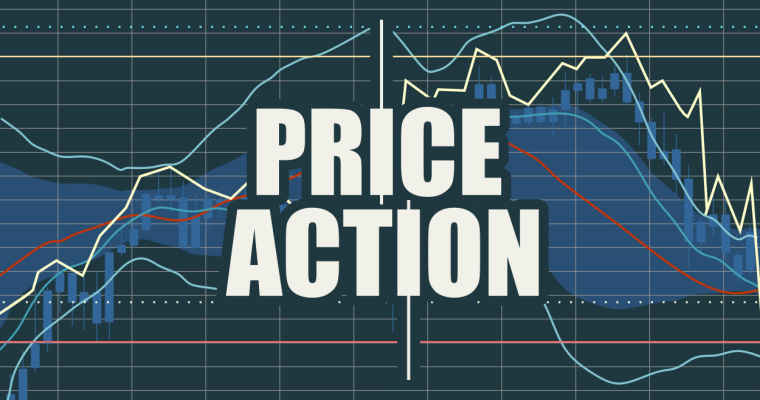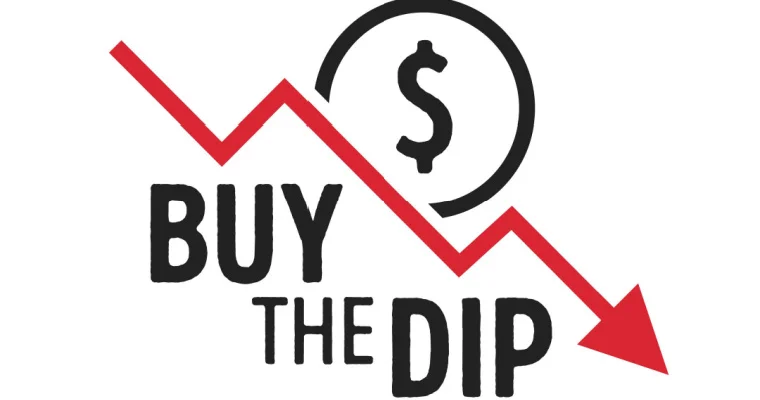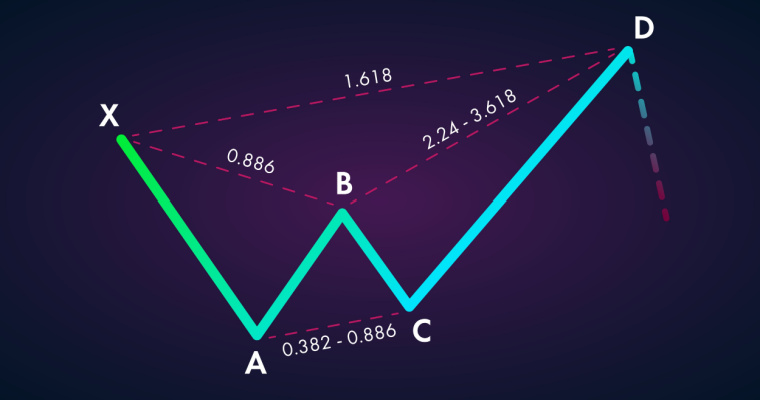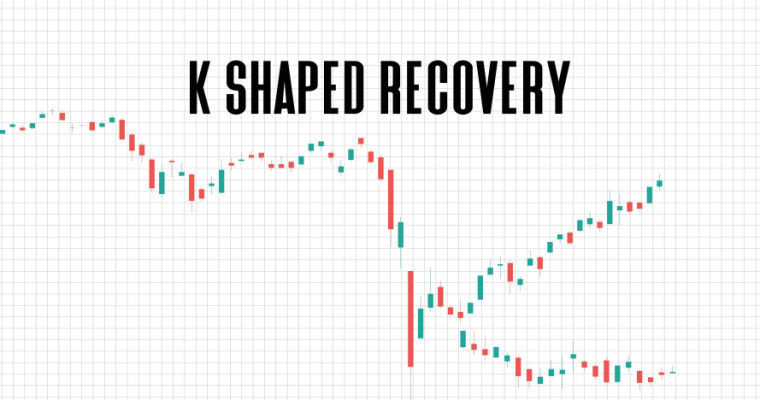What is Trend Line Trading and Analysis – Its Working, Types and Calculation

Trend identification is the first step to a profitable trade. It sets the stage for effective stock market analysis and helps to assess the developments in the industry and the stock you are evaluating. In stock market trading, there is a common understanding that the key to big money lies in the trends..
This article will help to understand trend lines in technical analysis, types of trend lines, and everything else you need to know about them.
What are Trend Lines?
Trend lines are a technical analysis tool used in trading to identify the direction and strength of a trend. They are drawn by connecting a series of highs or lows on a chart and can help traders make informed decisions about buying or selling.
Technical traders rely extensively on trend lines for technical analysis. They centre their trading strategy around trends and the underlying factors behind them instead of fundamentals and past performance.
How Does a Trendline Work?
Drawing a trendline usually involves drawing a straight line to connect a series of swing highs and swing lows. The line that passes through swing highs is the downtrend line and the one that passes through the swing lows is the up-trend line. This way, the trendline either acts as a support to an uptrend or a resistance to a downtrend. They are often called ‘dynamic support and resistance’ because they move along with the price trend.
Features of Trend Lines
It is easier to recognize trend lines because of their visual position. Additionally, they also have several other features that make them easy to identify and use. They are below:
- Diagonally Inclined: Trend lines have slopes because they are always inclined at an angle and either face downward or upward.
- Slopes: The steepness of the slopes in trend lines varies according to the angle at which they are drawn. In general, steeper slopes depict stronger trends and gentler slopes show weaker trends.
- Dynamic Resistance and Support: Trend lines are natural dynamic lines that depict the support and resistance zones. They change as the market changes and show changing resistance and support prices.
Types of Trend Lines
There are primarily two types of stock trend lines. They are ascending and descending trend lines.
1. Ascending Trend Line
The ascending trend line is also called the uptrend line. When the lows are connected, an ascending trend line is formed. The higher point in the line represents the recent low price and the lower point represents the previous low price.
As an ascending trend line extends in the future, it can be regarded as a level of support.
A positive slope in ascending lines that support price actions indicates that demand is increasing, i.e. the number of buyers exceeds the number of sellers.
If the price action is above this line, the trend will be bullish.
2. Descending Trend Line
As the name suggests, a descending trend line is the opposite of the ascending trend line or the uptrend line. The descending trend line is formed when the high points are connected. Here, the previous high is placed higher than the more recent high. It also extends in the future and is regarded as a level of resistance.
Descending trend lines that have a negative slope and act as a resistance to price action indicate that supply is increasing, i.e. the number of sellers exceeds the number of buyers. If the price action continually falls under the line, it shows a bearish trend.
How to Calculate the Trend Line?
A trend line shows a linear relationship. Hence, the equation for a linear relationship is required to calculate the trend line for a graph.
The equation is y= mx + b. Here, x and y are independent and dependent variables, respectively, b is the y-intercept of the line and m is the slope.
The formula for slope, m, of the trend line is below:
m = Σ(x − x¯) × (y − y¯)/ Σ (x − x¯)2
Once the value of m is derived, the following formula must be used to find b i.e. the y-intercept of the trend line equation.
¯y = m¯x + b
Interpreting a Trend Line
If there is a pattern in the relationship between two variables, a trend line can help to find it. The direction of the trend lines helps to find out how the variables are associated.
- A positive slope in a trend line represents a positive relationship between variables. This means that the variables will increase or decrease together.
- A negative slope in a trend line represents a negative relationship between the variables. This means when one variable goes up, the other variable goes down.tte
- A zero slope in a trend line means a horizontal line that represents a constant relationship between the variables. It means that they will remain the same irrespective of the direction in which they go.
Not all relationships have a trend line. Trend lines are mostly constructed using scatter plots. A scatter plot is a graph that shows the relationship between two variables as a set of points. The points may or may not depict a trend.
Advantages of Trend Lines
Trendline trading is a popular trading method because of the range of advantages it offers. Trend line analysis helps both price action and indicator-based traders. Below are the benefits of trendlines in technical analysis:
- Increased Accuracy of Technical Analysis: Drawing trend lines involves specific points. Traders can thus analyze better with more accuracy. Thus, it becomes easier to spot important prices and make price-oriented decisions with trend lines.
- Better Risk and Profit Management: Since trend lines are useful as support and resistance lines, they enable traders to effectively manage risks and profits. Using trend lines, they can easily determine the best time to enter or exit a trade. It also helps them to identify regions around which they want to set ‘Take Profit’ and ‘Stop Loss’.
- Understanding Market Direction: Trend lines enable traders to recognize the direction of the market without having to perform an extensive analysis of fundamentals. Traders can use trend lines to spot where a reversal, retracement or breakout may happen.
- Understanding Demand and Supply: Trend lines also help to assess assets based on their demand and supply in the financial market.
Limitations of a Trendline
A trendline chart has similar limitations to any other charting tool that requires readjusting with the advent of more price data. While some trendlines may last long, they will eventually need to be updated because of deviation due to price action.
Also, trendline traders choose to connect different data points. Another limitation is that when trendlines are applied on small timeframes, they are volume sensitive. So, a low volume trendline may be broken as the volume increases through a session.
Key Points to Remember about Trend Lines
Here are a few pointers to remember about Trendlines:
1. Standard Trend lines:
- These lines represent successive swings in the market. Ideally, there should be no trend lines in the absence of swings. Sometimes it is also dubious whether there are swings or not. In such cases, traders may choose if they wish to draw standard trend lines or not.
- Standard trend lines slope according to the trend. Uptrend lines slope upwards and downtrend lines slope downwards.
- Uptrend lines are drawn under prices and they mark the areas of potential support. Downtrend lines are drawn above prices and show resistance.
- Standard trendline drawing is between lows in a downtrend and not highs in a downtrend. These lines may ignore significant price hikes while trying to fit the line to later data.
2. Parallel Trend Lines
- Parallel trend line drawing is done to create a channel of trends that shows the range of fluctuations that are regarded as normal in the market.
- A parallel line must be anchored to the opposite side. This means the line should be attached to swing highs in the case of uptrend and swing lows in case of a downtrend.
- The line must be anchored to extremes between the first two anchor points of the standard trend line and must not cut prices between them.
3. Supplement Trend Lines
- These are short-term trend lines that give trading signals even in the absence of good swings.
- A supplement line drawn from the low from the day before yesterday to yesterday’s high and extended on the chart in today’s space will show areas where the market will exhaust itself in overextended condition.
Final Word
There are 3 types of trends in the stock market. They are uptrend, downtrend and sideways trend. Drawing trendlines helps traders to make quick trading decisions based on what is prevalent in the market. However, they must exercise caution and not force trendlines to fit the market to avoid poor trading decisions.
FAQs
Ans. Trendlines are important analysis tools that enable traders and technical analysts to predict the direction of stocks and financial securities. This helps them to make the trading decisions more profitable.
Ans. Both technical analysts and investors can use trendlines to understand the direction of a commodity, stock, currency, or other securities.
Ans. There are various charting tools available that allow analysts to draw trendlines and analyze them.
Want to put your savings into action and kick-start your investment journey 💸 But don’t have time to do research? Invest now with Navi Nifty 50 Index Fund, sit back, and earn from the top 50 companies.
Disclaimer: Mutual Fund investments are subject to market risks, read all scheme-related documents carefully.
This article has been prepared on the basis of internal data, publicly available information and other sources believed to be reliable. The information contained in this article is for general purposes only and not a complete disclosure of every material fact. It should not be construed as investment advice to any party. The article does not warrant the completeness or accuracy of the information and disclaims all liabilities, losses and damages arising out of the use of this information. Readers shall be fully liable/responsible for any decision taken on the basis of this article.

Customer’s Feedback
No comments found.Illiquid Stocks Guide: Definition, Examples, and its Working
Illiquid stocks are part of a long-term investment strategy that is appropriate for investors who a... Read More »What is Shooting Star Candlestick Pattern in Trading?
The shooting star candlestick pattern is considered to be a bearish reversal candlestick ... Read More »What is VWAP Indicator and How to Use it for Trading
The VWAP indicator shows the volume-weighted average market price of a particular stock. You can us... Read More »What is Price Action Trading: Its Strategy, Stop Loss and Profit Targets
Price action trading is a methodology in which the trader solely relies on analysing a security’s... Read More »What is Buy the Dip Strategy in Trading – Working and Example
‘Buy the dip’ is one of the most common phrases in the stock market. It is sort of a go-t... Read More »What is the Black Scholes Model – Formula, Calculation and Assumptions
Among the important concepts in modern financial theory, the Black Scholes model, developed in 1973... Read More »What is Iron Condor and What are its Strategies?
Iron Condor is an options trading strategy that involves four options with the same expiration date... Read More »What is Harmonic Pattern and How Does it Help in Trading?
Harmonic patterns are one of the most efficient and effective trading patterns. Although they are m... Read More »What is a Contract Note and Why is it Important?
Contract note is a legal document containing the details of every stockbroker's trade on a stock ex... Read More »What is K-shaped Recovery: Indication, Example and
Economies go through multiple phases in business cycles. One such phase is a recession which is mar... Read More »Guide to Book Building – Its Types, Benefits and Process
Initial public offerings (IPOs) are priced as specified by their underwriters. The process by which... Read More »Support and Resistance in Trading: Working, Strategies, Uses and Example
Support and resistance are two of the most significant and practical concepts in technical analysis... Read More »Top 10 Chit Fund Schemes in India in 2023
Chit funds are one of the most popular return-generating saving schemes in India. It is a financial... Read More »10 Best Gold ETFs in India to Invest in April 2023
Gold ETFs or Gold Exchange Traded Funds are passively managed funds that track the price of physica... Read More »10 Best Demat Accounts in India for Beginners in 2023
Creation of Demat accounts revolutionised the way trades were conducted at the stock exchanges. It... Read More »20 Best Index Funds to Invest in India in April 2023
What is an Index Fund? An index fund is a type of mutual fund or exchange-traded fund (ETF) that... Read More »Best Arbitrage Mutual Funds to Invest in India in April 2023
Arbitrage funds are hybrid mutual fund schemes that aim to make low-risk profits by buying and sell... Read More »10 Best SIP Plans in India to Invest in April 2023
What is SIP? SIP or Systematic Investment Plan is a method of investing a fixed amount in ... Read More »10 Best Corporate Bond Funds in India to Invest in April 2023
Corporate bond funds are debt funds that invest at least 80% of the investment corpus in companies ... Read More »10 Best Bank for Savings Account in India [Highest Interest Rate 2023]
Savings account is a type of financial instrument offered by several banks. It lets you safely depo... Read More »






























